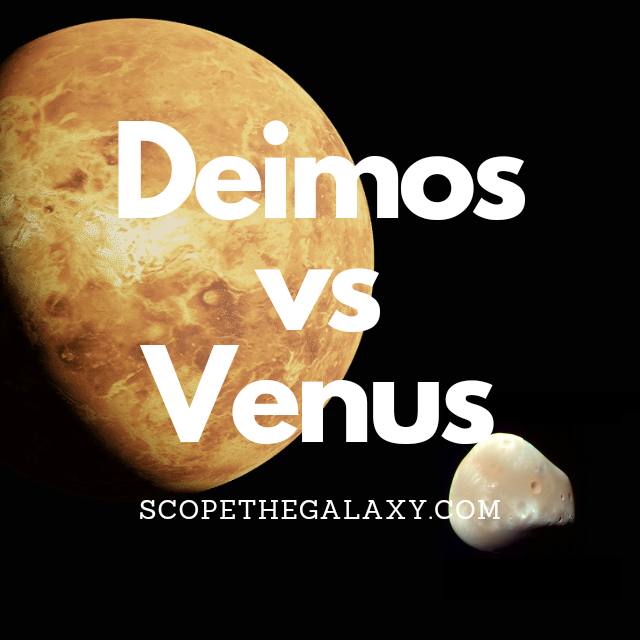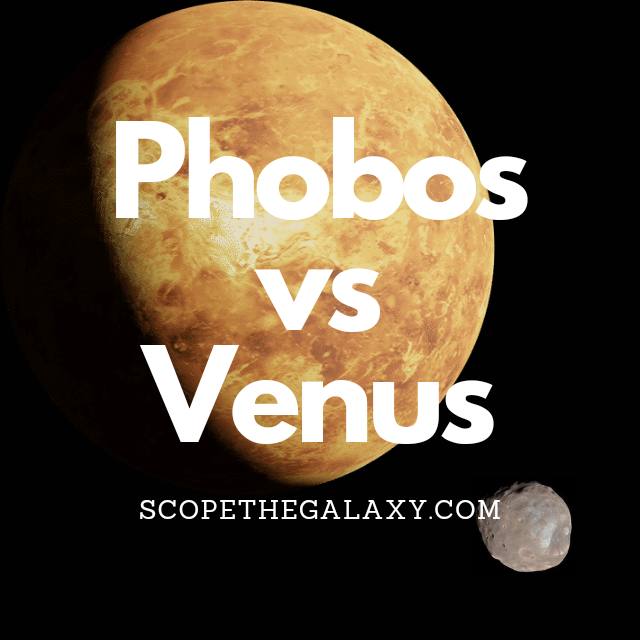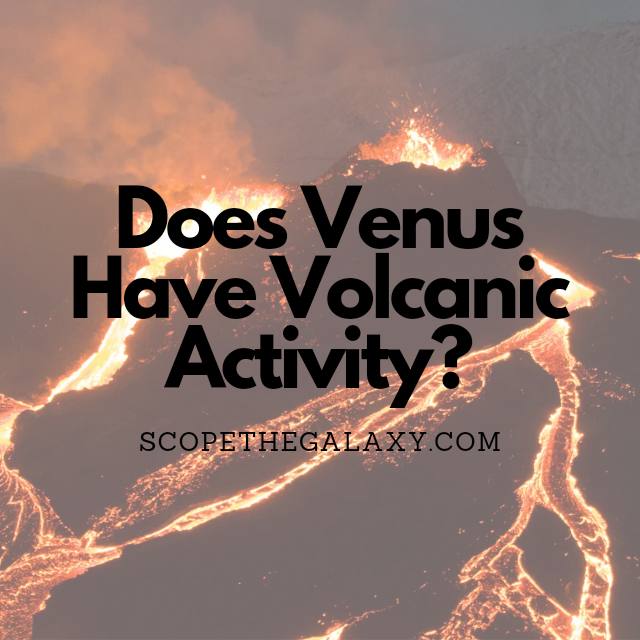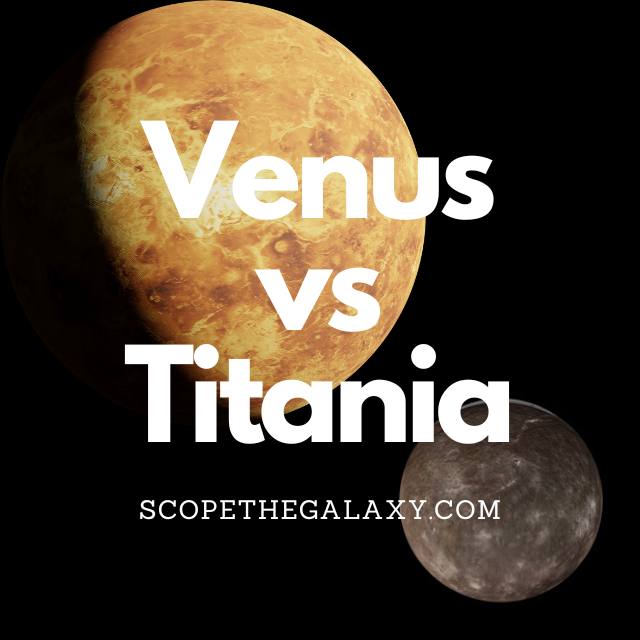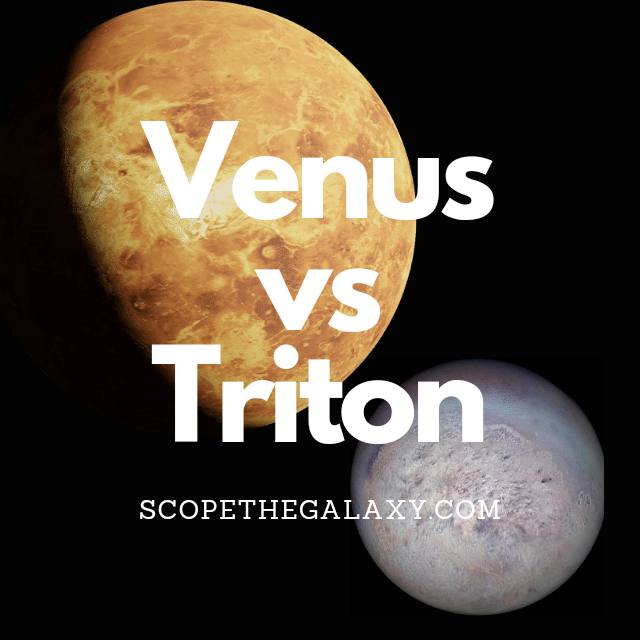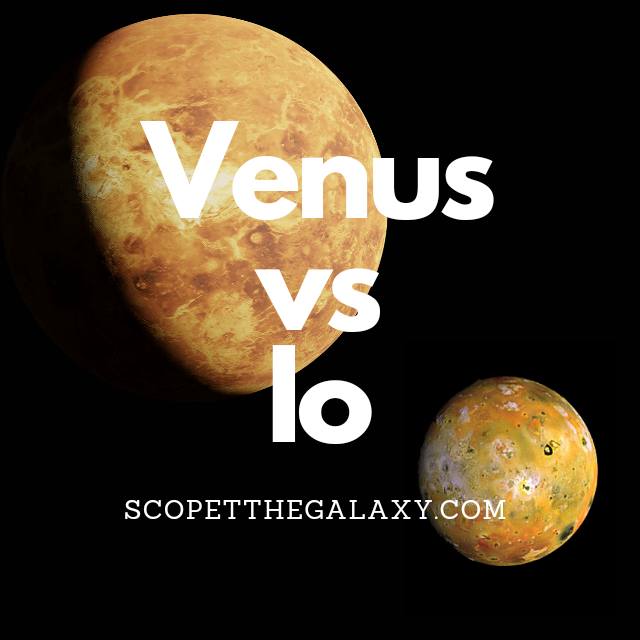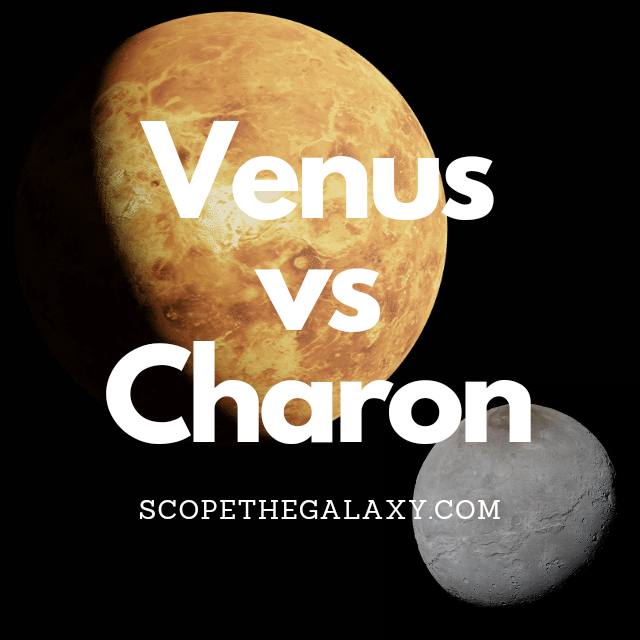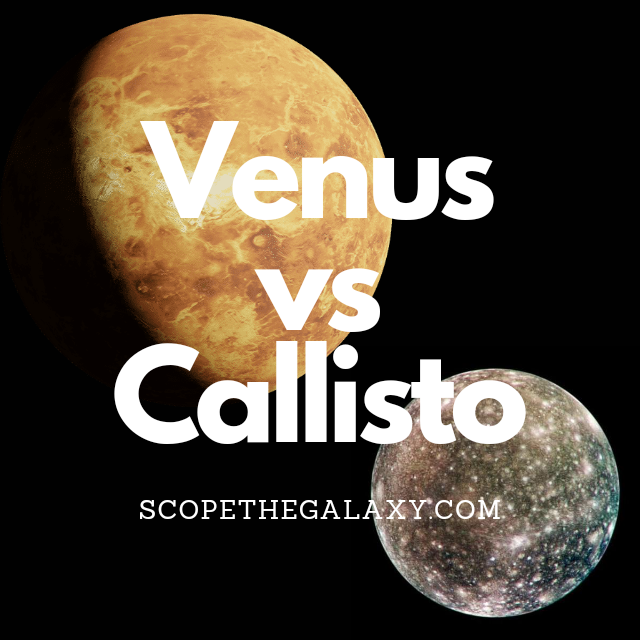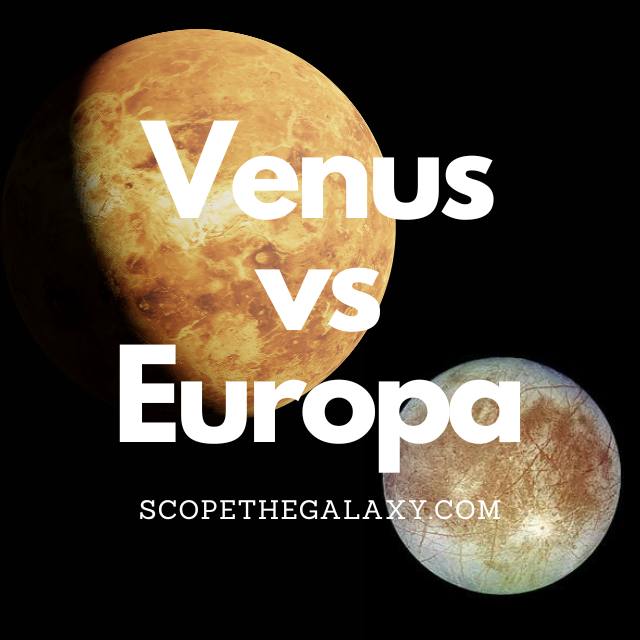Deimos vs Venus (How Are They Different?)
The main differences between Deimos and Venus are that Deimos is a natural satellite while Venus is a terrestrial planet, Deimos is very small, coming in at 12.4 km while Venus is the second largest rock based planet with a diameter of 12,104km, and Venus has an atmosphere 90 times the thickness of Earth while … Read more

